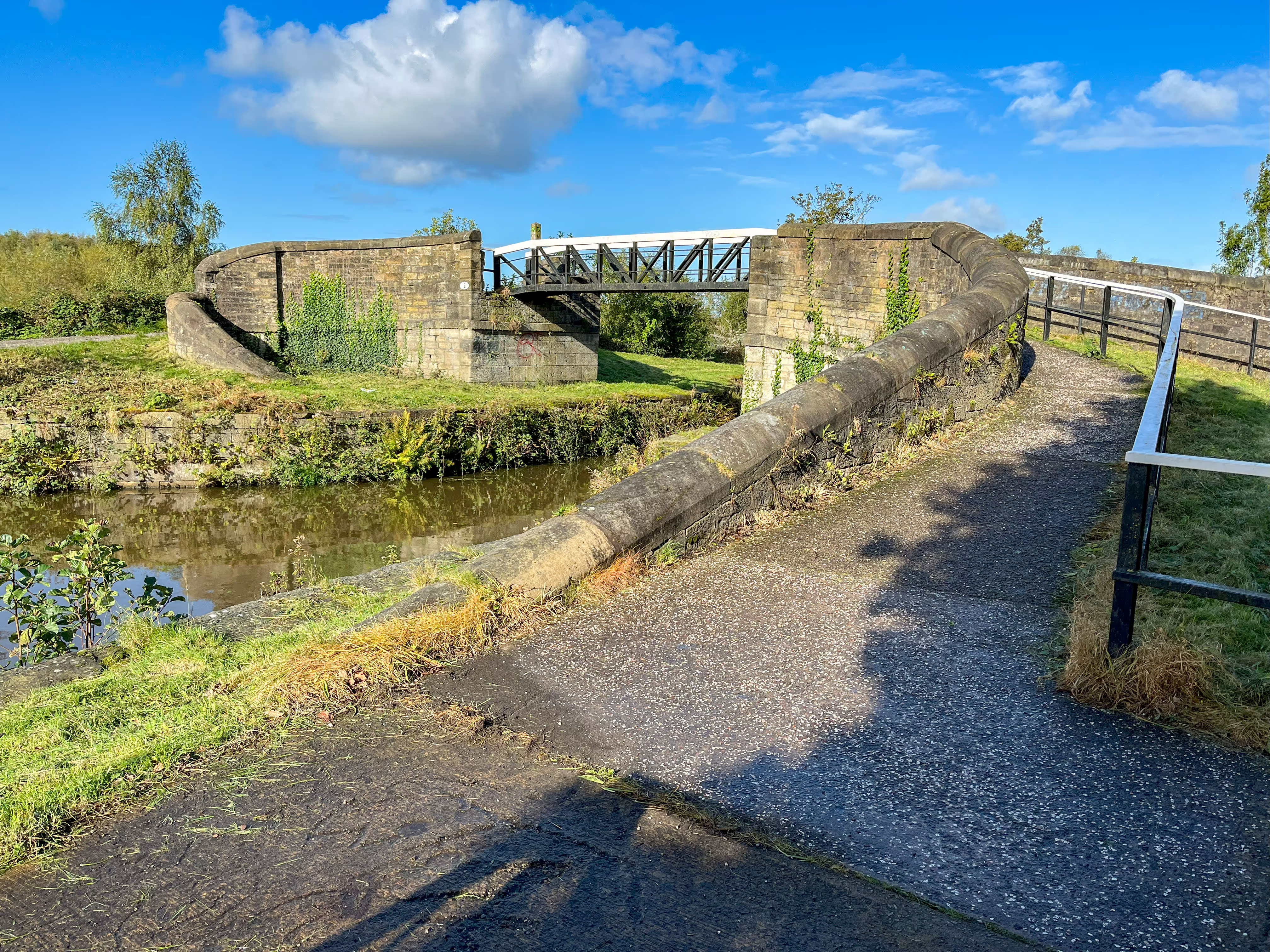
On the approach to Welham Road, you’d be forgiven for not realising that a succession of wildlife-filled pools lurked behind. But it hasn’t always been this way, and these are not naturally formed lakes, but pits created by Wigan’s mining industry when they subsided around 1902. The reason behind this swift collapse was longwall mining when continuous slices of coal were removed from the ground. After it was abandoned, it fell in on itself and flooded when water filled the gaps.
Prior to being mined, it was farmland with areas of peaty mosses, a much-needed carbon landscape at the time it was destroyed. Just a year after opening, disaster struck at the Ince Moss Colliery in 1871, when it exploded and set on fire, killing 65 miners. Hawkley Hall was a notable building that was built here, but it fell out of use before being inevitably ruined by the nearby coal mines. In 2022, its fortunes changed when these eight pools were officially designated as the Wigan Flashes Nature Reserve, managed by the Wildlife Trust.

It still isn’t the most picturesque place, as there is an industrial park on the old Westwood Power Station site, where a wet wipe factory now dominates. Yet in the water above piles of colliery waste, wildlife is slowly recolonising this landscape despite its urban surroundings.
The return of nature to the Flashes is helped by the nearby wetlands of Abram Flash and Hope Carr which help form a vital wildlife corridor that wildlife can move up and down to feed and breed. It is especially alluring for birds as the mix of pools, fen, reeds, grassland, woodland and scrub means they can search for a range of prey.

Birdwatchers have similarly migrated to the Flashes in the hope that it will attract rarer species beyond the usual garden birds and parkland ducks - a gamble which has paid off. A spotted crake, which is rare in the UK was seen here in the summer of 2024 and there are hopes that it will return. The year before, the reserve broke records when three Marsh Harrier chicks fledged here, the first known successful nest for this bird in Greater Manchester.
Black-necked Grebe, Redshank, Green Sandpiper, Garganey, Ruff, and Bittern have also been spotted, proving the adage that if you build it, they will come. Although, for animals, the opposite may be true. If we abandon it, they will come. But it's not just birds that are affected by habitat loss in the North West, as bats, butterflies, dragonflies, and various flower species have all been thrown a lifeline by Wigan Flashes.
Its value is boosted by the network of reserves that run close to the Leeds-Liverpool canal and around Wigan itself. This area provides a home for 10% of willow tit species, which is no minor thing as these small yet wonderful birds have declined in the UK by 96% between 1967 and 2022. With half of their preferred wet woodlands vanished from the country, it's no wonder that they’re locally extinct in several regions across the UK. They nest in dead wood but unfortunately, it is so often cleared or burnt that they can’t excavate anywhere to lay their eggs.

The Flashes and Leigh National Nature Reserve are part of the Wigan Greenheart Landscape Recovery Plan which preserves 1,400 hectares of green space. It is a partnership between the council, Natural England, Forestry England, and other parties, and is also managed by the Wildlife Trust. Several of these places are old pieces of industrial land like Bedford Colliery or Slag Lane Tip, which means that they’re not fit for redevelopment anyway.
Restoration is slow, and it has been ongoing for over 50 years since industrial work ceased on the land. The sad reality is that it takes much more time to rewild a habitat than it does to destroy it. But time does heal, as proved by the Monks Wood Wilderness experiment where a ploughed field became a woodland with a closed canopy over the span of 40 to 50 years.
It's not just the wildlife that benefits from these green spaces, as they can help with a plethora of urban problems from noise and pollution to flooding and carbon sequestration. They’re vital for humans of all ages as they provide places to exercise, picnic, splash in puddles, learn about wildlife, and walk dogs. This land can also act as a monument to the history of the area, whether it's a nod to its industrial past or what came before.
As Wigan Flashes continues to evolve and diversify it shows how important it is to reclaim every mosaic piece of nature to offset the concrete spectre of the city, for ourselves and for wildlife.